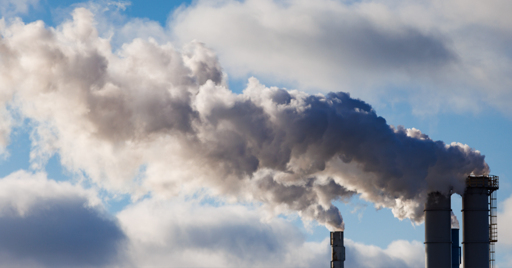Reducing Canada’s greenhouse gas (GHG) emissions is not rocket science. Our policies need to make climate-related pollution more expensive via carbon pricing or more restrictive via performance regulations. Governments may also give tax breaks and grants to households and industries to foster low-GHG choices.
But climate-policy experts know from decades of evidence that without carbon pricing or regulations to decarbonize our energy system, population and economic growth will cause GHG emissions to rise.
Our analysis of the party platforms for the April 28 election shows that GHG emissions would fall by 2035 under the Liberal approach – even with the removal of the unpopular but effective consumer carbon tax. They would rise under the Conservative plan to axe existing performance regulations along with the carbon tax.
The Conservatives argue that investing in clean technologies – nuclear energy, hydroelectricity, tidal power and carbon capture, utilization and storage – and removing red tape around developing these options will reduce emissions, although they have not outlined the details of these promises.
However, experts have long known that energy-supply subsidy programs alone do not reduce emissions in the end-use sectors of industry, buildings, and transport.
In addition, neither the Liberals nor the Conservatives have announced details of the impact on emissions of any policies they might enact to combat U.S. President Donald Trump’s trade war, such as short- or medium-term expansion of oil and gas production or building new pipelines. Therefore, these have only a modest effect in our analysis.



Do you like your children? Do you want them to live healthy lives?
Then vote like it
I know I fucking am. Doesn’t take a genius but sadly there’s FAR too many morons out there